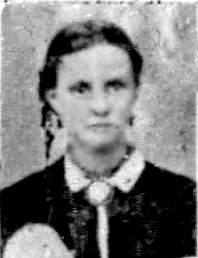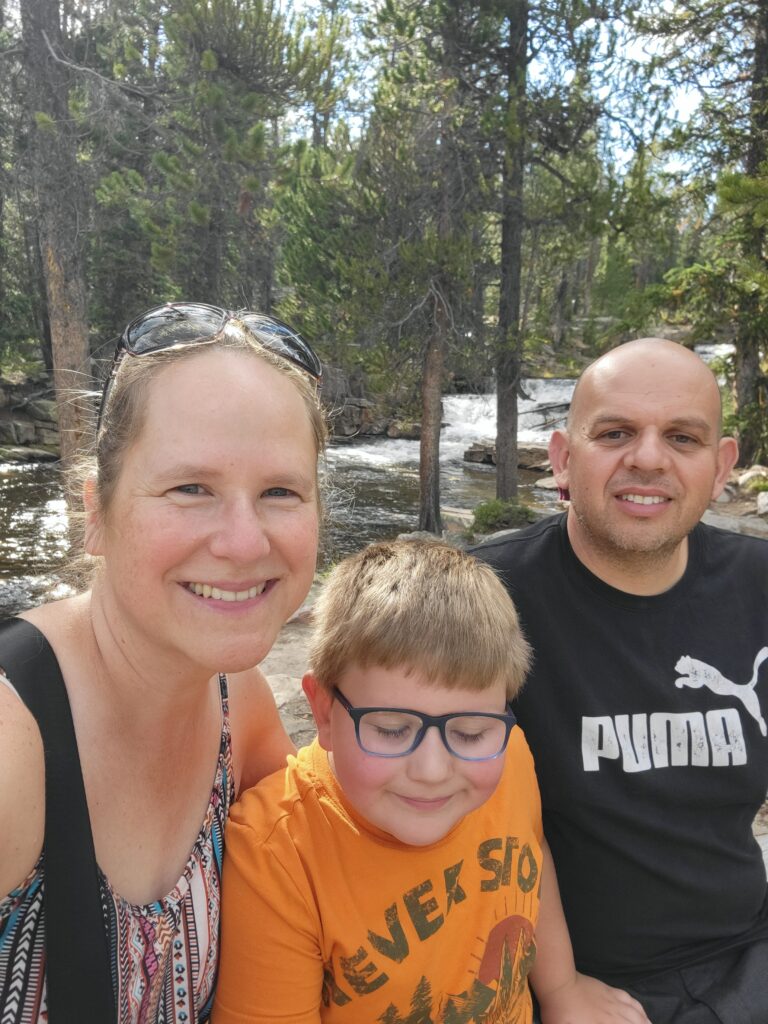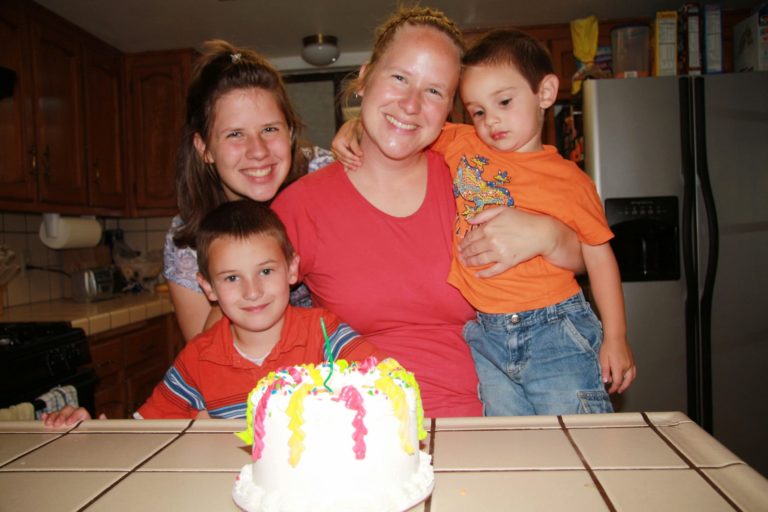
Eliza was 6 years old the summer she walked the whole way from Nebraska to Utah. There was only one wagon for every 12 people in the company, so everyone had to walk, even little Eliza. She and most of her family had left her home in Runcorn, Cheshire, England just a few months earlier, and traveled across the ocean on the Manchester with a group of 380 other Latter-day Saints emigrating to Zion.
Eliza’s parents had joined the Mormon church 19 years before they began the journey to Zion. Her father, John, had been baptized first, in July 1842. When he arrived home from his baptism he was greeted his wife Mary, who was furious that he had joined the “dippers” (the English nickname for Mormons). She was waiting for him with a kettle of boiling water, threatening to scald him with it if he tried to come into the house. Eventually the water cooled, and John removed his shoes, snuck past his wife, and went upstairs to their bedroom. She found him there praying for her to understand. Her heart was softened, and with tears in her eyes, she begged for his forgiveness. She was baptized several months later, in December of that year.
Eliza’s family earned their living hauling salt from the salt mines on the rivers and canals using a barge pulled by a mare on the bank. Even before Eliza was born her family had worked and saved to make the journey to the United States for many years. Everyone who was able to work worked, and all spare money was put into the “America Box.” They often only ate porridge and sheep’s head, and had stopped buying any treats or extras to save for the trip.
The Sants had always lived in Middlewich, but Mormons were very persecuted there, so the family moved to Runcorn shortly before Eliza was born. She was born on 15th of January, 1855. Their home was always open to members of the church. Many of those who had been disowned for joining the church found refuge there. The entire Sant family were beautiful singers, and were known as great entertainers. Growing up, Eliza’s whole world was the Mormon church, and working, saving and sacrificing for Zion. The focus of her whole life up to that point was realized in her walk across the plains to Zion.
The Sants sailed from Liverpool on April 16, and arrived in New York on May 18, 1861. Six year old Eliza traveled with her parents, her brother John who was 23, her sisters Margaret and Jane, who we 17 and 15, her brother William who was 11, and her baby brother Thomas who was 1. Her brother John married aboard the ship soon after they sailed. Her sisters, Margaret and Jane did cabin work to help pay the family’s way. Eliza had two married older sisters, Hannah and Elizabeth, who stayed behind in England. Eliza would never see either of them again because they were unable to emigrate until a year after she had died. Her parents also left behind the graves of three babies they had laid to rest in England. Her oldest brother George had emigrated to Utah the year before she was born, hoping for higher wages to send home for the family to make the journey.
After passing through Ellis Island, Eliza and her family traveled by steamboat to Florence Nebraska. There they joined the company of Saints heading to Zion led by John Pingree. Their company was independently financed, not taking any help from the Perpetual Immigration fund from the church, but they traveled very poorly.
The journey was not easy. There were frequent threats from wolves and conflict because of their encroachment on indigenous people’s lands. Eliza’s sister, Jane, had been sick for most of the ocean crossing, and was still not well as they walked. She was sick enough that she fell behind the company one day and fainted by the side of the trail. She wasn’t missed until the wagons halted and circled that night. Eliza and her mother and other siblings prayed while her father followed the trail backwards frantically searching and calling for Jane. He found her as the light faded. Too weak to walk back with him, he carried her back to her terrified family– to the sound of wolves in the distance. Eliza’s older brother John was also left behind for part of the journey because he had injured his leg and couldn’t walk. He was unable to move for three days, until a farmer in the area found him and took care of him until he had healed enough to hurry and catch up to the wagon train.
Near the end of their journey, Eliza’s family was quickly running out of food. A man traveling East brought a letter from Eliza’s oldest brother, George, telling them he was on his way to meet them with supplies. Just when they felt like they could not go any further, his wagon appeared in the distance with supplies and food. The starving family could not have been more relieved or overjoyed to fill their hungry bellies.
The Sants arrived in Salt Lake Valley on September 2. From there, they followed Eliza’s brother George to Smithfield, in Cache Valley, to settle there with him and his family. Cache Valley had just begun to be settled, and conditions were harsh. The weather was unforgiving, and there were violent conflicts with the native people in the valley, so the Mormon settlers all lived together within a fort. They lived with George and his family–13 people in a one room house, with a dirt floor and a roof made of sod. Eliza’s 15 and 17 year old sisters married and moved out shortly after arriving in Smithfield.
Two years later, when Eliza was 8, George was called by Brigham Young to settle Bloomington, at Bear Lake. Eliza and her parents and the two younger brothers followed. The conditions in Bloomington were worse than Cache Valley. Frost killed the crops and the winters saw 25 feet of snow. Eliza and her family lived in a dugout, eating only boiled wheat and whatever wild game they could kill.
In 1869, after a several years of crop failure, Eliza’s family decided to move to a fort in Oxford, Idaho. They moved to nearby Clifton in 1870. There, John and his sons homesteaded and started farming, dairying, and stock raising. Eliza learned to weave and keep a house.
Eliza first met Edmund Hepworth in Oxford when she was 13 years old. Twenty-eight year old Edmund was impressed with the tall, dark-haired beauty who had a beautiful singing voice and led the choir.
At the age of 14, due to her father’s urging, she became Edmund’s second wife . They were sealed in the Endowment House in Salt Lake City on March 4, 1869, less than 3 months after her 14th birthday. A room was built onto his first wife Hannah’s house for her to live in. They all lived together in the back of the local co-op, a branch of ZCMI. Eliza helped support the family with her weaving.
When Eliza married Edmund he was 28 years old, twice her age. His first wife, Hannah, was 36. They had been married for about 6 and half years and had a 4 year old son, an 18 month old son, and Hannah was 5 months pregnant.
Hannah would later say that Eliza always treated her with love and respect, which was returned in great measure.
When Eliza was 15 and had been married 19 months, she had her first child, a son named John, on October 10, 1870. Five months later Hannah also gave birth, to a daughter who only lived to be 8 months old.
At 17, on September 20, 1872, Eliza gave birth to her second son, George. Hannah acted as midwife for both of Eliza’s deliveries. Hannah had a had a baby girl 3 days later, who would only live to be 5 years old.
That winter Eliza began to have “intestinal trouble”. No one was really sure what was wrong. In January she became very ill, and passed away January 13, 1873 and was buried on what would have been her 18th birthday.
Both of Eliza’s children survived to be old men, who were lovingly raised by Hannah, even though her own children who would have been the same ages had passed away. Eliza’s sons taught their children to love Hannah and know her as their grandmother.
Eliza’s story is painful to me. My heart hurts for the little girl who suffered so much in her short life. Most of her story is only known because she was there in other people’s stories, she did not live long enough to tell her own. Especially as a female in the time she lived, her story was mostly told in relationship to the things the men around her did.
My heart breaks for the little girl who was given away to be a second wife. Maybe her father thought it was a better life for her in a polygamous marriage to the already established Edmund. And maybe he thought it was easier to care for the rest of the family with one less mouth to feed, and specifically the only remaining daughter. Was he trying to do good things for her, or was he getting rid of a burden? Was it both?
When Hannah describes Eliza as loving and respectful it breaks my heart. Hannah was old enough to be Eliza’s mother, and Eliza was only a child. She had lived her whole life in increasing poverty, struggling to survive. When she moved into the home of Edmund and Hannah she was warm and clothed and fed. I am grateful they got along, but the dynamic is so wrong.
I look at my 13 year old niece and think of a 28 year old man courting her, and it makes me feel sick inside. Most people, even at the time, were married in their 20s, including her own parents. It feels wrong because it truly is just wrong to marry children.
When I was a freshman in high school my boyfriend was a junior, and even in that difference in age and power, there was nothing equal about the dynamic in that relationship. When Eliza was married she was the same age I was in that relationship, as an often scared and confused freshman, and Edmund was twice her age and already married. Polygamy weighs heavily on my heart anyway, but the child brides break it.
I wonder what Eliza thought of her life? Though the arch of her story is tragedy, life is lived in the moments. Even if the conditions of her life were painful or difficult, or awful, were there every day moments filled with joy? I hope so.



